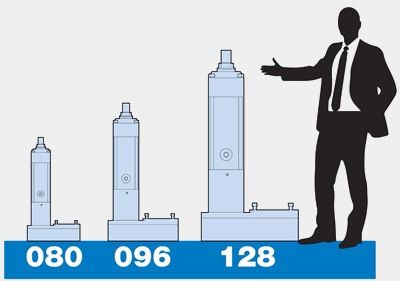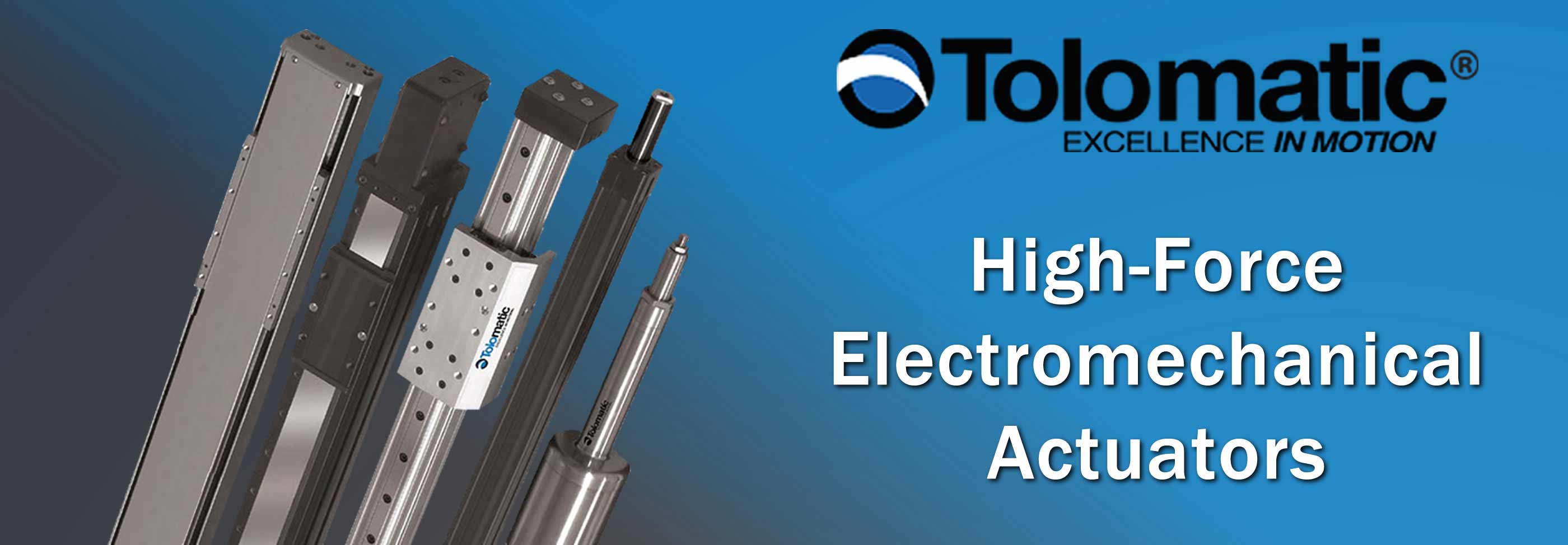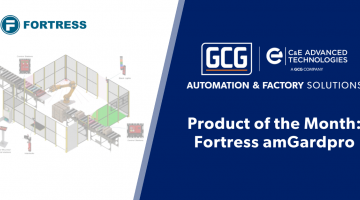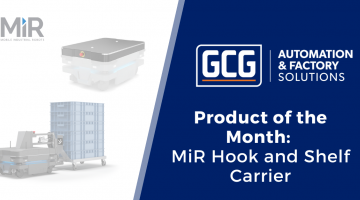If you hear linear actuator and think hydraulic, you're not alone but don't forget about electromechanical linear actuators. The accuracy and efficiency of electromechanical actuators has improved substantially over the past few decades and they are now a capable of handling extremely high forces that were once reserved only for hydraulic actuators. Some are capable of handling forces up to and beyond 50,000 lbs. They also provide significant advantages over fluid power systems:
- Maintenance - Manufacturing operators have been using hydraulics f
 or a long time. They lose sight of the maintenance costs due to scrap rate and lost productivity. When you look at how fluid power systems impact the manufacturing environment, it’s a matter of when, not if, hydraulic hoses will leak or break, or parts get scrapped out. These inconsistencies cause lost productivity and create more maintenance.
or a long time. They lose sight of the maintenance costs due to scrap rate and lost productivity. When you look at how fluid power systems impact the manufacturing environment, it’s a matter of when, not if, hydraulic hoses will leak or break, or parts get scrapped out. These inconsistencies cause lost productivity and create more maintenance. - Total Cost of Ownership - Overall, the initial cost of a hydraulic system may be low but operating costs add up: Disposal costs, installation, maintenance. A lot goes into operating a hydraulic system outside of the purchase price
- Process Control - Motion control systems are programmable and flexible. They are capable of high speed, high force, high performance. You can get there with servo hydraulics, but there’s a lot of complexity. More and more, people want data: How much force are you getting in a pressing application; are you able to get that out of the drive for current; are you getting position feedback and if so, how accurate is it. You can get that out of a servo system.
- Flexibility - Machine designers want more flexibility out of a single build or single machine. They want to minimize the time it takes to change to a different part or adjust to a different setup.
- Reliability - When you take a look at the total footprint of an axis of motion, it includes power units, cylinders, tank heaters and exchangers. With an electric system, you have an electric actuator, motor and drive that goes into an electric panel. Your footprint is pretty small. It also minimizes the part count and things that could eventually fail. In many cases, it simplifies the machine build.
Overall, high-force actuators are consistent and repeatable. They are quiet, clean and now more capable than ever!
For more about how to convert a hydraulic system to electric linear motion, check out this white paper from Tolomatic and as always, our local C&E Technology Consultants are ready to help. Contact us today!





